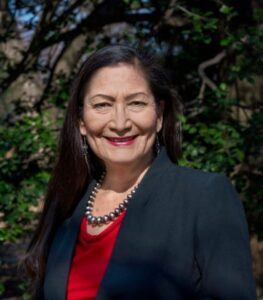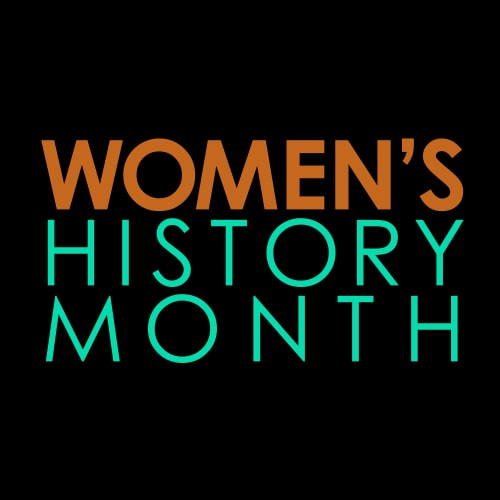
Women and the Environment
By: Harry French
As we come to the end of March, also known as Women’s History Month, it is important to recognize the contributions and achievements of many influential women in our past and present. Women’s History Month can trace its roots back to the early 1980’s with the Presidential proclamation of the first Women’s History Week in March, 1982. This event continued until 1987 when Congress was petitioned by the National Women’s History Project and the entire month of March was designated as Women’s History Month (WHM). To celebrate we would like to highlight some women who worked and are working to provide positive environmental contributions.
Deb Haaland
Deb Haaland is the recently appointed leader of the Department of the Interior. A member of the Laguna Pueblo tribe from New Mexico, Haaland is the first Native American appointed to the position (VOX). With the current divided state of US politics Deb Haaland has been praised for her bipartisan approach to negotiations (PublicNews). She had been vital in getting the Great American Outdoors Act and America’s Conservation Enhancement Act, which both are steps in the right direction with respect to pro-environment policy. With her tenure as head of the Department of the Interior just starting, the future looks bright with Deb Haaland at the helm.
Rachel Carson
Rachel Carson wrote the book Silent Spring in 1962, which had a major impact on how the American 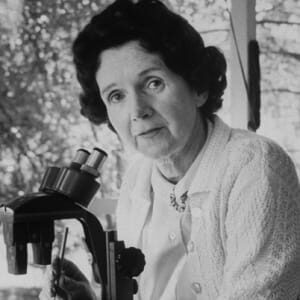 people looked at chemical pesticides. The publication of Silent Spring eventually led to a nationwide ban on DDT. This would also be an influential event in the creation of the EPA in 1970. Rachel Carson was harassed by chemical companies who worked hard to discredit her as a communist or hysterical. In the end she stood her ground and was able to change the nations view on such a harmful chemical. Sadly Rachel Carson died in 1964, losing a fight with cancer, and in 1980 was posthumously awarded the Presidential Medal of Freedom. Her impact on environmentalism is still felt today, and her resolve in the face of adversity makes her a great role model (WomenHistory).
people looked at chemical pesticides. The publication of Silent Spring eventually led to a nationwide ban on DDT. This would also be an influential event in the creation of the EPA in 1970. Rachel Carson was harassed by chemical companies who worked hard to discredit her as a communist or hysterical. In the end she stood her ground and was able to change the nations view on such a harmful chemical. Sadly Rachel Carson died in 1964, losing a fight with cancer, and in 1980 was posthumously awarded the Presidential Medal of Freedom. Her impact on environmentalism is still felt today, and her resolve in the face of adversity makes her a great role model (WomenHistory).
Lois Gibbs
When the people of Love Canal were faced with an environmental catastrophe Lois Gibbs became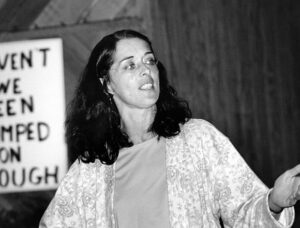 a key figure in the town’s fight for federal support. Some compare Lois Gibbs transformation into an activist as going from homemaker to a hell raiser. Her tenacious activism led to recognition of the Love Canal disaster by the President of the United States at the time, Jimmy Carter. The victory achieved by Lois Gibbs at Love Canal culminated in the creation of the Superfund program in the US. Gibbs also was awarded the Goldman Environmental Prize for her actions. Even today she still fights for environmental justice as the head of the Center for Health, Environment & Justice (PublicIntegrity).
a key figure in the town’s fight for federal support. Some compare Lois Gibbs transformation into an activist as going from homemaker to a hell raiser. Her tenacious activism led to recognition of the Love Canal disaster by the President of the United States at the time, Jimmy Carter. The victory achieved by Lois Gibbs at Love Canal culminated in the creation of the Superfund program in the US. Gibbs also was awarded the Goldman Environmental Prize for her actions. Even today she still fights for environmental justice as the head of the Center for Health, Environment & Justice (PublicIntegrity).
Wu Changhua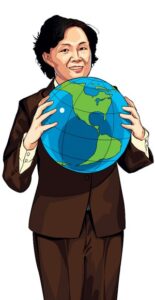
Wu Changhua is a voice for pro-environmental policies in the Chinese government, as the executive director of the Professional Association for China’s Environment. In September of 2020 China announced its intention to reach carbon neutrality by 2060, in part due to the work of Changhau. With China as one of the top carbon producers in the world this course of action will have effects felt across the globe. Changhau likely was faced with challenges and hurdles due to her gender during her path to the position she holds today. Her work speaks for itself and she will likely have large impacts on the environment (CGTN).

